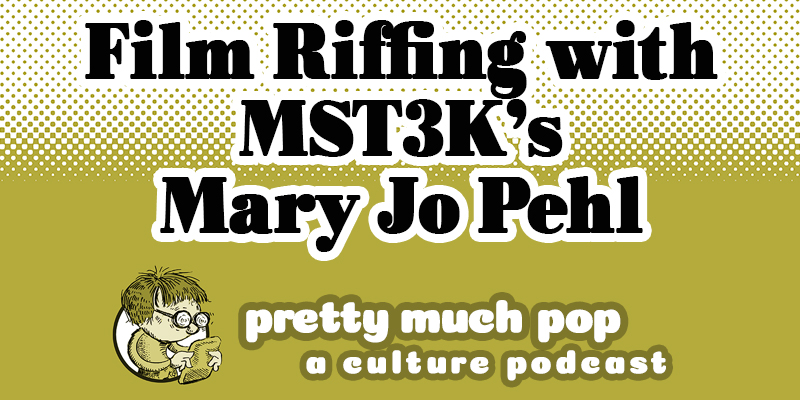Those of us who saw the The Matrix in the theater felt we were witness to the beginning of a new era of cinematically and philosophically ambitious action movies. Whether that era delivered on its promise — and indeed, whether The Matrix’s own sequels delivered on the franchise’s promise — remains a matter of debate. More than twenty years later, the film’s black-leather-and-sunglasses aesthetic may date it, but its visual effects somehow don’t. The Fame Focus video above takes a close look at two examples of how the creators of The Matrix combined traditional, “practical” techniques with then-state-of-the-art digital technology in a way that kept the result from going as stale as, in the movies, “state-of-the-art digital technology” usually has a way of guaranteeing.
By now we’ve all seen revealed the mechanics of “bullet time,” an effect that astonished The Matrix’s early audiences by seeming nearly to freeze time for dramatic camera movements (and to make visible the eponymous projectiles, of which the film included a great many). They lined up a bunch of still cameras along a predetermined path, then had each of the cameras take a shot, one-by-one, in the span of a split second.
But as we see in the video, getting convincing results out of such a groundbreaking process — which required smoothing out the unsteady “footage” captured by the individual cameras and perfectly aligning it with a computer-generated background modeled on a real-life setting, among other tasks — must have been even more difficult than inventing the process itself. The manual labor that went into The Matrix series’ high-tech veneer comes across even more in the behind-the-scenes video below:
In the third installment, 2003’s The Matrix Revolutions, Keanu Reeves’ Neo and Hugo Weaving’s Agent Smith duke it out in the pouring rain as what seem like hundreds of clones of Smith look on. Viewers today may assume Weaving was filmed and then copy-pasted over and over again, but in fact these shots involve no digital effects to speak of. The team actually built 150 realistic dummies of Weaving as Smith, all operated by 80 human extras themselves wearing intricately detailed silicon-rubber Smith masks. The logistics of such a one-off endeavor sound painfully complex, but the physicality of the sequence speaks for itself. With the next Matrix film, the first since Revolutions, due out next year, fans must be hoping the ideas of the Platonically techno-dystopian story the Wachowskis started telling in 1999 will be properly continued, and in a way that makes full use of recent advances in digital effects. But those of us who appreciate the enduring power of traditional effects should hope the film’s makers are also getting their hands dirty.
Related Content:
The Philosophy of The Matrix: From Plato and Descartes, to Eastern Philosophy
The Matrix: What Went Into The Mix
Daniel Dennett and Cornel West Decode the Philosophy of The Matrix
Based in Seoul, Colin Marshall writes and broadcasts on cities, language, and culture. His projects include the book The Stateless City: a Walk through 21st-Century Los Angeles and the video series The City in Cinema. Follow him on Twitter at @colinmarshall, on Facebook, or on Instagram.




